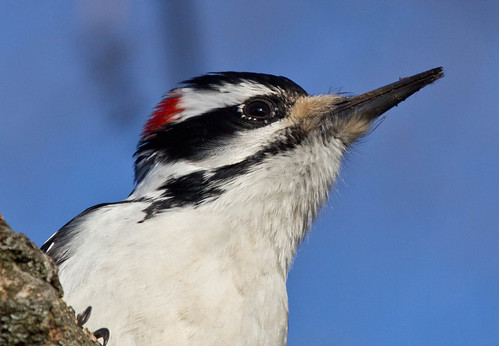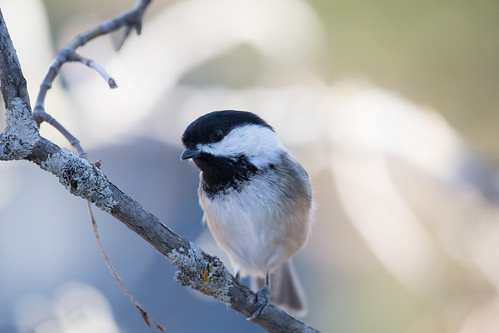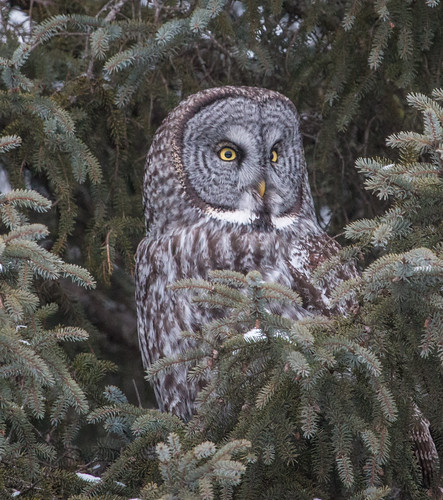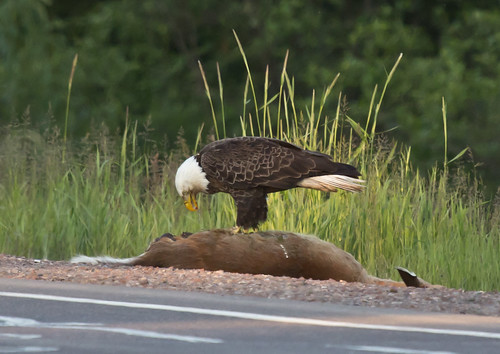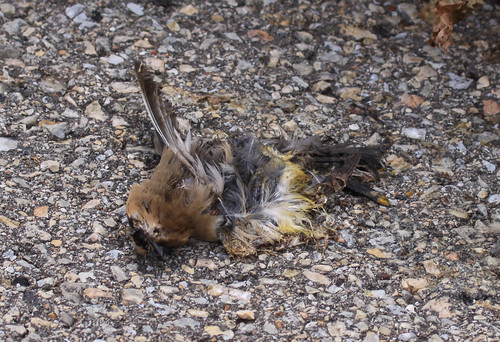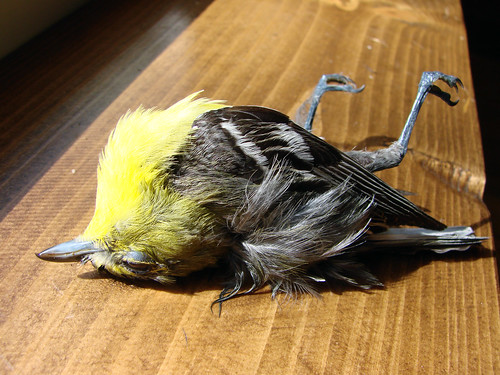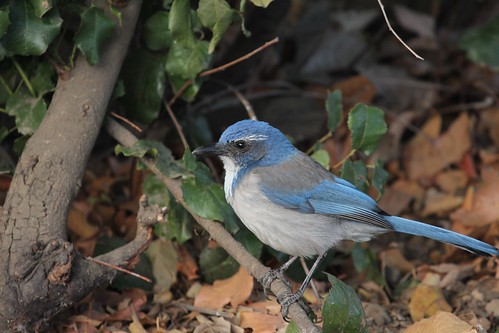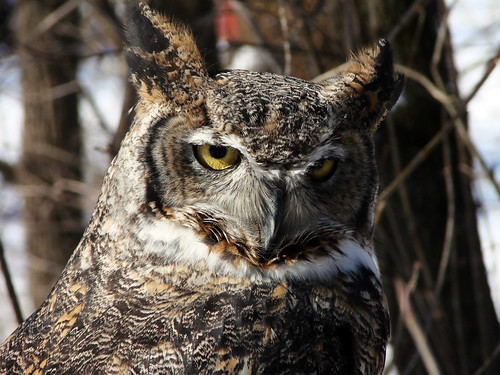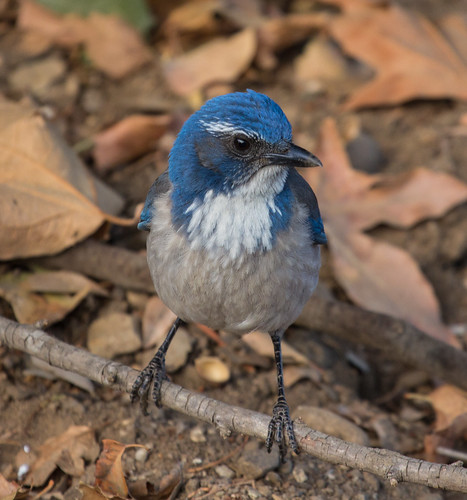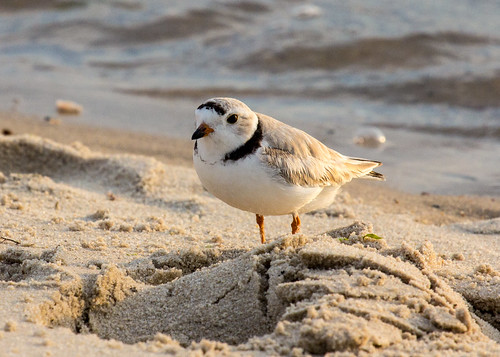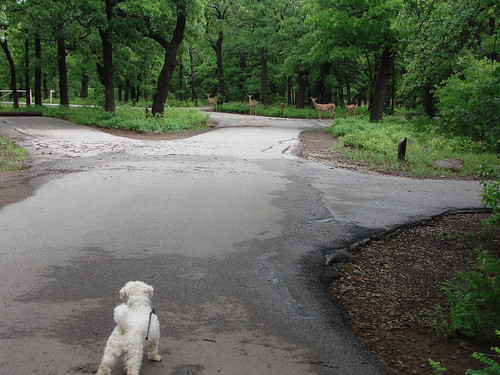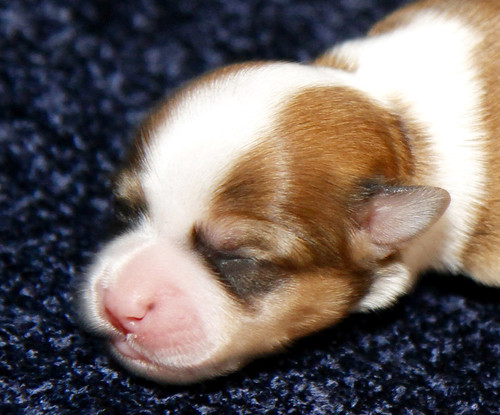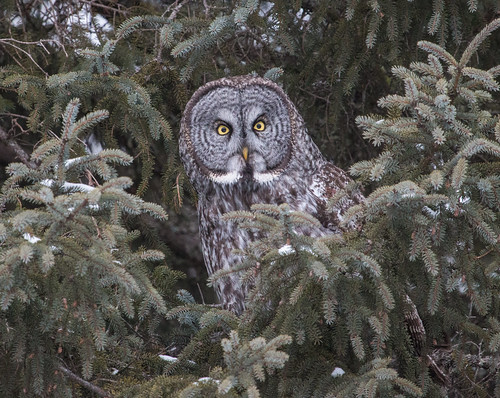 |
| Saving dessert till last! |
Usually I drive into the bog via Highway 133—the road into
Meadowlands—but you can’t drive very slowly because traffic is pretty steady.
So this time I followed the winter driving tour route that my friend Ben Yokeldeveloped and posted on the Friends of Sax-Zim Bog website. That route brought
me in via Lake Nichols Road, a mile or so north of Hwy. 133. Along that road we
had a nice flock of Pine Grosbeaks and Purple Finches, and got into the spirit
of winter bog birding.
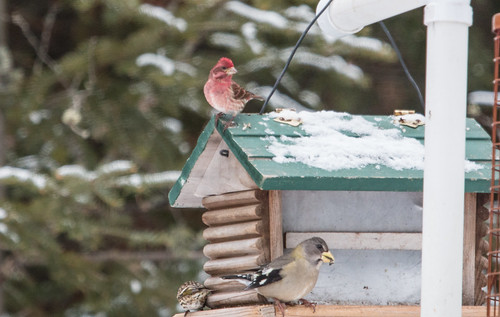 |
| Purple Finch and Evening Grosbeak |
A few people who live in the bog have been maintaining
splendid bird feeding stations open for public viewing, volunteers maintain a
few roadside feeders, and there’s a fantastic station at the new Friends of the
Sax-Zim Bog visitor center on Owl Avenue. Most of these are clearly marked on
the map available for free at the visitor center. The feeding station there was
the best we saw all day. We had at least 150 Common Redpolls and a pair of Gray
Jays as well as the usual winter birds. We went inside to warm up and visit
with Frank Nicoletti, who is the host on Tuesdays and Wednesdays through
mid-March. Frank is a professional owl bander and bird guide, and is
exceptionally generous with information, so he’s an amazing resource. Frank sat
down with me and went over all the hotspots he’s been bringing people to this
year. Since I’ve spent so little time in the bog in the past few years, his
advice was especially welcome.
A few deer hunters donate rib cages to the Friends of the
Sax-Zim Bog organization, and some of these were set up near the visitor
center, to draw in special birds. Two Gray Jays spend a lot of time feeding on
and even inside the ribcage closest to the windows. Some of the carcasses in
the bog also have attracted ermines this year—these weasels in their pure white
winter pelts are especially beautiful, but it takes patience and time to see
and photograph one. I’m still waiting for that.
Looking out the windows from the center, we not only got
great looks at those Gray Jays and Blue Jays, but also enjoyed a constant flurry
of activity by redpolls at the feeders.
Evening Grosbeaks are far rarer than they were in the 1980s,
but have been showing up in more places this winter than in the past few years.
We didn’t get all the way to the area shown in the northwestern corner of the
bog map, so missed what’s called “Mary Lou’s Feeders” which are supposed to be
a grosbeak bonanza, but we’ll certainly get there this weekend.
In mid-afternoon, we headed down Admiral Road to check out
the birds at the feeders along the road. It was quiet—I didn’t bring peanut
butter, and the Boreal Chickadees and Gray Jays in the area only seem to come
in for that—but our biggest treat of the entire day came on that stretch of
road, even before we got to the feeders. A Great Gray Owl sat in a tree.
Three or four birders were photographing it when we got there, so we couldn’t have missed it, though it was sitting in some spruce branches at exactly the height I was searching trees as I drove, so we probably would have seen it even without them. The bird glanced our way a few times. A Great Gray’s glittering eyes make even the most casual glance seem far more intense and meaningful than it probably intends, and it was mostly looking this way and that, actively hunting. It moved down the road, and after a few final photos we left it to hunt in peace. Bog birding always provides a splendid feast, but the memories are somehow even more satisfying when we save the dessert for last.
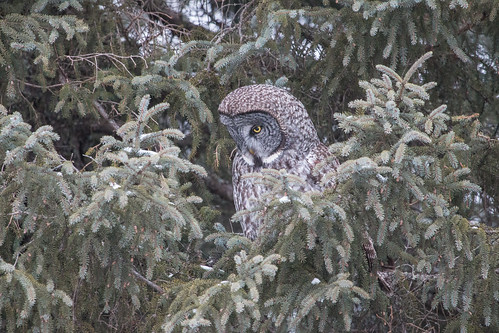 |
| Great Gray Owl |
Three or four birders were photographing it when we got there, so we couldn’t have missed it, though it was sitting in some spruce branches at exactly the height I was searching trees as I drove, so we probably would have seen it even without them. The bird glanced our way a few times. A Great Gray’s glittering eyes make even the most casual glance seem far more intense and meaningful than it probably intends, and it was mostly looking this way and that, actively hunting. It moved down the road, and after a few final photos we left it to hunt in peace. Bog birding always provides a splendid feast, but the memories are somehow even more satisfying when we save the dessert for last.
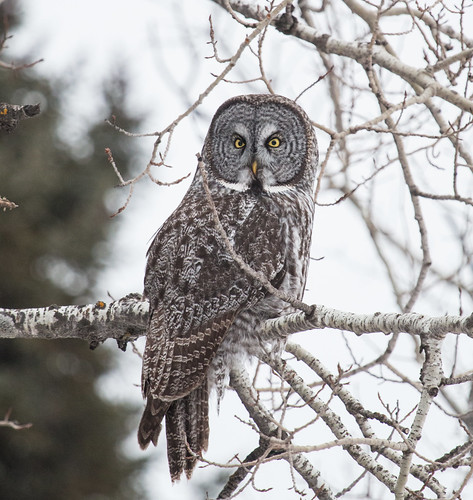 |
| Final shot of Great Gray Owl |

